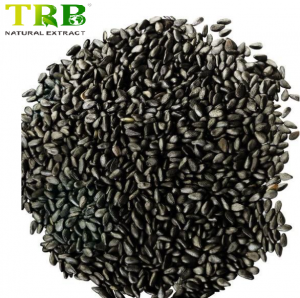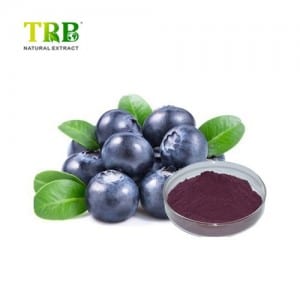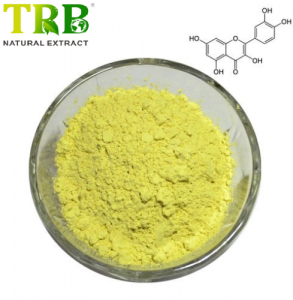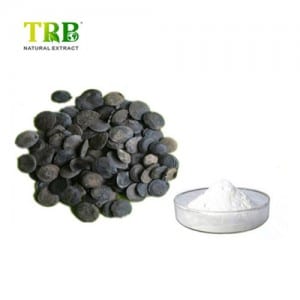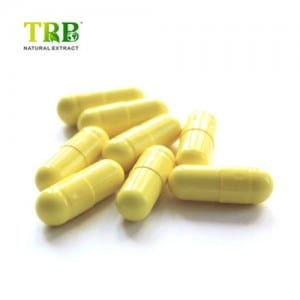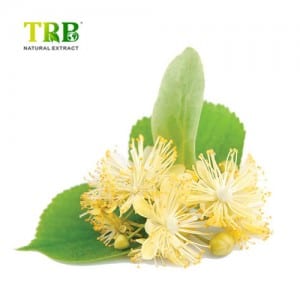We constantly think and practice corresponding to the change of circumstance, and grow up. We purpose at the achievement of a richer mind and body as well as living for White Peony Extract Powder, We Sincerely welcome customers from all over the world to visit us, with our multifaceted cooperation and work together to develop new markets, create win-win brilliant future.
We constantly think and practice corresponding to the change of circumstance, and grow up. We purpose at the achievement of a richer mind and body as well as living for China Food Additive and Vitamin, If you have any requests, pls email Us with your comprehensive demands, we will provide you with the most wholesale Competitive Price with the Super Quality and the Unbeatable First-class Service ! We can present you with the most competitive prices and high quality, because we have been much more Professional! So be sure to do not hesitate to contact us.
Product name: White Peony Extract powder
Botanic Name: Radix Paeoniae Alba
Other Name: Chinese White Blossom Extract Powder
Active Ingredient: Total glucosides of Paeonia (TGP): Paeoniflorin, Oxypaeoniflorin, Albiflorin, Benzoylpaeoniflorin
Appearance: Yellowish-brown Powder
Specifications: Paeoniflorin 10%~40% (HPLC), 1.5% Albasides, 80% Glycosides
Solubility: Slightly soluble in water.
Benefits: Anti-inflammation, Ease pain, Improve sleep(Hypnosis), Anticonvulsive
Applications: Dietary supplement, and Medicine
Recommended dosage: 500~1000mg/day
What’s White Peony Extract?
White Peony Extract refers to the extraction of active ingredients from white peony by scientific means according to a unique technology. According to the analysis of scholars, the active ingredients of white peony extract for the human body are as follows Chart. Four of the most important are Paeoniflorin, Oxypaeoniflorin, Albiflorin, and Benzoylpaeoniflorin.

It is one of the most precious female herbs traditionally used to regulate female hormonal circulation and to supplement and purify the blood. Among them, paeoniflorin plays the most crucial role, so many related products in the market are based on paeoniflorin as a reference standard.
Information of Paeoniflorin
CAS Number: 23180-57-6
Molecular formula: C23H28O11
Molecular weight: 480.45 g/mol
Recommended dosage: 50mg~200mg/day
Structure chart:

History of White Peony Extract
White Peony is also known as Paeonia lactiflora, peony root, Bai Shao, and Chinese peony. Paeonia suffruticosa contains paeoniflorin, phenol, Paeonia lactiflora, Paeonia lactiflora, triterpenoids, and sitosterol. As we know, white peony is one of the oldest plants planted only for flowers, and It is also a traditional Chinese medicine in China. It can be traced back to 3500 BC in China.
Later, the plant was brought to Japan for cultivation. The root of A is gradually used as Chinese herbal medicine in China and Japan, mainly by boiling soup. With the development of modern industrial technology, the extraction method has replaced boiling soup, which contains more active ingredients and is more accurate.

Benefits of White Peony Extract
In recent years, many studies on the chemistry and pharmacology of TGP have been published. Because of its spasmolytic and analgesic effects, it is widely used in the catalog of traditional Chinese medicine. Studies have shown that it has anticoagulant, neuromuscular block, cognitive improvement, immune regulation, and hypoglycemic effects. Let’s summarize its primary functions.
Analgesic Effect
As mentioned earlier, in ancient China, the soup boiled with Paeonia lactiflora was used as traditional Chinese medicine, and one of its essential roles was analgesia. However, this theory was not confirmed by modern medicine until 1988. TGP eliminates pain signals by inhibiting the secretion of acetic acid in the abdominal cavity and using charge transfer.
Anti-Inflammatory Effect
The data indicate that TGP plays an anti-inflammatory role by inhibiting the production of inflammatory mediators such as PGE2, LTB4, NO, reactive oxygen species and pro-inflammatory cytokines. At present, the treatment of hepatitis is the most widely used.
According to the existing clinical data in China, 1000 subjects took 600 mg of TGP every day. After six months, joint pain was significantly alleviated, and rheumatoid factors were reduced in vivo. Also, 40% improved joint function.


Immunomodulatory Effect
TGP can inhibit the over-activated immune response by inhibiting lymphocyte proliferation, balancing the differentiation of Th and Ts cells and inducing lymphocyte apoptosis. Paeoniflorin, the main component of TGP, plays an anti-inflammatory and immunoregulatory role by balancing the functions of Th1 cells and Th2 cells. It was found that TGP had dual effects on IgM antibody production. It depends on the activity of the immune response. Further research is needed on the potential mechanism of TGP responsible for unique immunomodulatory effects.
Antioxidant Effect
It is reported that TGP also has the cytoprotective effect of antioxidant stress. It was found that TGP significantly protected primary cultures of rat cortical cells exposed to H2O2 induced oxidative stress. Paeoniflorin exerts neuroprotective effects on glutamate-induced neurotoxicity of PC12 cells by inhibiting oxidative stress and Ca2 + overload.
Other benefits
Paeoniflorin is also thought to have neuroprotective effects by regulating the anti-inflammatory response of microglia in the brain (Nam et al., 2013) so it may have therapeutic relevance for neurodegenerative diseases such as Alzheimer’s disease.
Besides, there are data surface TGP for polycystic ovary syndrome, schistosomiasis, irregular menstruation, Antidepressant, and other diseases that have a therapeutic effect. Paeoniflorin in TGP is considered as a novel heat shock protein-inducing compound(HPS).
Side effects White Peony Extract
At present, no country or organization has proposed the side effects of A. However, as the origin of Paeonia lactiflora in China, the State Food and Drug Administration of China approved the preparation of TGP in 1998 to enter the market as a disease-regulating drug for rheumatoid arthritis, and legally produce and sell it. This can prove that TGP is a safe ingredient.
High doses may cause allergies or diarrhea, which is not recommended for pregnant women, lactating women or children.
White Peony Extract dosage
At present, there is no mandatory fixed dose of TGP in the market. According to the clinical data and scientific research data of some countries, the following recommended dose is obtained:
- White Peony Extract: 500~1000mg/day
- Paeoniflorin: 50mg~200mg/day
White Peony Extract(TGP) supplement application
Cima’s White Peony Extract(TGP) is a powder obtained by spray drying through water and ethanol extraction technology. It is usually sold in the supplements market by processed capsules and tablets. However, a part of Paeonia lactiflora is used in anti-aging cream, essential oil and spray.
